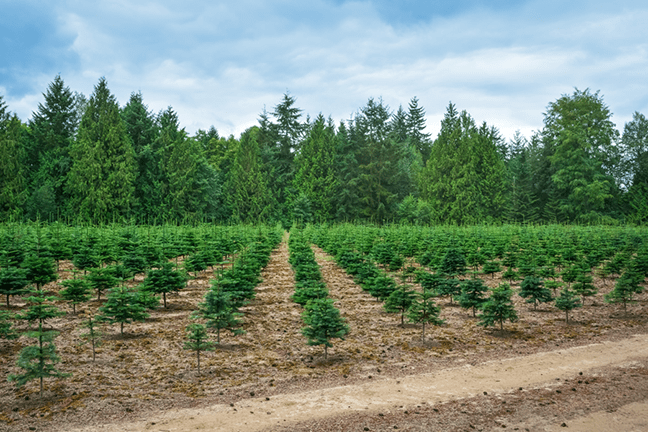Last year, in the name of climate change, the federal government and some state governments did much to impede American natural gas production. They blocked pipelines, delayed exports, canceled lease sales and slowed permits. Yet global emissions of carbon dioxide reached an all-time high of 36.3 gigatonnes (Gt). The world is showing no stomach for dramatic reductions in the use of natural gas. Rising prices prove it.
The problem is population. Since 1960, while the concentration of CO2 in the air has increased from 310 parts per million to 410 ppm, the world population has increased from three billion to eight billion people. Five billion additional people have been sustained directly and indirectly by using fossil fuels for energy, medication, clothing, shelter and dramatically increased agricultural productivity.
The year 2021 was a global referendum on the worldwide Green New Deal. “Voting” by the energy choices they made every day, eight billion people gave the plan to end natural gas a massive vote of no confidence.
By stifling natural gas rapidly before alternatives are ready, advocates of net zero emissions ignore the needs of the eight billion. For example, one third of the world cooks dinner with wood chips or dung. The International Energy Agency (IEA) advocates that the poor be provided with clean-burning liquefied petroleum gas (LPG), a product of natural gas. By banning it, we deny the world’s “marginalized” the fuel they need.
Whether we like it or not, the growing population will cause emissions to increase in the near-term. The United Nations projects population growth will not level off until 2100 at 11 billion people. Wind, solar and non-carbon sources of power will increase as well, but they cannot keep up with that growth. It is time to rethink our climate strategy.
A better focus would be removing carbon already in the air. Governments should follow the hundreds of scientists who wrote the Intergovernmental Panel on Climate Change’s 2022 report, who largely agree on a nature-based remedy: reforestation. Vastly expanded reforestation can alter the dynamic in the atmosphere sooner, even as emissions rise in the near-term.
To be sure, much attention is focused now on carbon capture and storage – and rightly so. There are 27 operational storage projects in the world, capable of capturing 0.36 Gt of carbon per year. Over the long term, in the United States alone, the U.S. Geological Survey estimates we can store over 3,000 Gt of carbon – 80 years’ worth of global human emissions. For now, though, much investment is needed even to capture one Gt per year.
Our best near-term response is a broad program to reduce atmospheric carbon through reforestation. It will take planting at least two billion trees per year for many years to come, but by 2040, with carbon capture projects substantially on-line, the U.S. alone will be able to reduce carbon concentrations in the air significantly.
China and India are ahead of the U.S. in reforestation. In August 2019, in the northern Indian state of Uttar Pradesh, one million residents planted 220 million saplings in one day, as reported by USA Today. Uttar Pradesh demonstrated that adding two billion trees a year is feasible. A study published in the journal Science concludes that Earth’s ecosystems could support another 2.2 billion acres of forests and, if we planted half a trillion trees, we could remove an extra 205 Gt of carbon from the air.
Currently, American governments, banks and institutional investment funds have unwisely turned away from natural gas, even though affordable natural gas has allowed America to reduce our carbon emissions over the past twenty years. Our European allies need – and the poor of the world deserve – what we can produce.
Stopping the use of fossil fuels was supposed to be a means to slow global warming. But to some, stopping natural gas production has become the goal itself. It is time to refocus and employ the powerful weapon nature has given us: photosynthesis.
Poe Leggette is an energy attorney in Houston, Texas. He has been planting and growing trees to capture carbon since 2000.
Oil and gas operations are commonly found in remote locations far from company headquarters. Now, it's possible to monitor pump operations, collate and analyze seismic data, and track employees around the world from almost anywhere. Whether employees are in the office or in the field, the internet and related applications enable a greater multidirectional flow of information – and control – than ever before.




